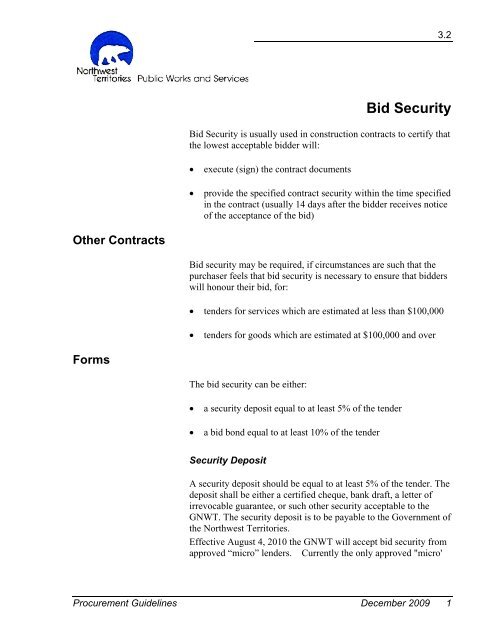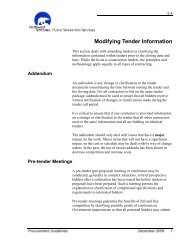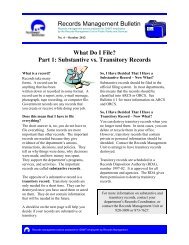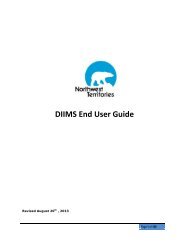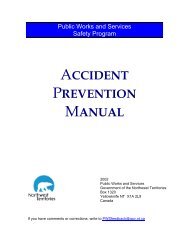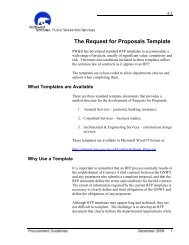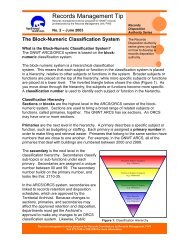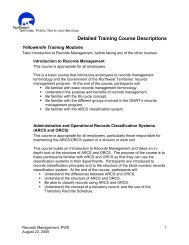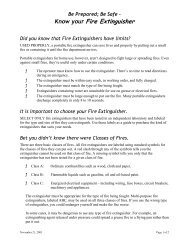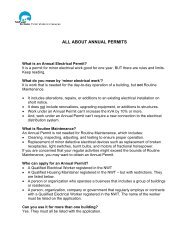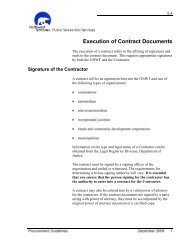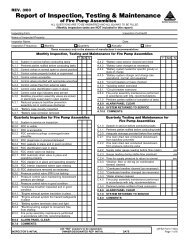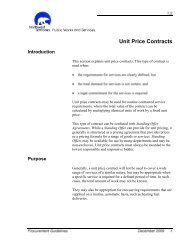Bid Security
Bid Security
Bid Security
Create successful ePaper yourself
Turn your PDF publications into a flip-book with our unique Google optimized e-Paper software.
3.2<br />
<strong>Bid</strong> <strong>Security</strong><br />
<strong>Bid</strong> <strong>Security</strong> is usually used in construction contracts to certify that<br />
the lowest acceptable bidder will:<br />
<br />
<br />
execute (sign) the contract documents<br />
provide the specified contract security within the time specified<br />
in the contract (usually 14 days after the bidder receives notice<br />
of the acceptance of the bid)<br />
Other Contracts<br />
<strong>Bid</strong> security may be required, if circumstances are such that the<br />
purchaser feels that bid security is necessary to ensure that bidders<br />
will honour their bid, for:<br />
tenders for services which are estimated at less than $100,000<br />
<br />
tenders for goods which are estimated at $100,000 and over<br />
Forms<br />
The bid security can be either:<br />
<br />
<br />
a security deposit equal to at least 5% of the tender<br />
a bid bond equal to at least 10% of the tender<br />
<strong>Security</strong> Deposit<br />
A security deposit should be equal to at least 5% of the tender. The<br />
deposit shall be either a certified cheque, bank draft, a letter of<br />
irrevocable guarantee, or such other security acceptable to the<br />
GNWT. The security deposit is to be payable to the Government of<br />
the Northwest Territories.<br />
Effective August 4, 2010 the GNWT will accept bid security from<br />
approved “micro” lenders. Currently the only approved "micro'<br />
Procurement Guidelines December 2009 1
3.2 <strong>Bid</strong> <strong>Security</strong><br />
lender is the NWT Metis-Dene Development Fund Ltd. (MDDF).<br />
The GNWT will accept irrevocable Letters of Standby Credit from<br />
the MDDF as security in amounts not to exceed $300,000.<br />
The GNWT may keep the security deposit of the successful bidder<br />
as damages if the bidder:<br />
<br />
<br />
<br />
refuses to enter into a contract<br />
refuses or is unable to provide the required contract security<br />
withdraws the tender during the tender acceptance period and<br />
prior to the acceptance by the GNWT<br />
<strong>Bid</strong> Bond<br />
A bid bond should be equal to at least 10% of the tender. The<br />
bond will be in a form approved by the Federal Treasury Board,<br />
and from a company whose bonds are acceptable to the GNWT.<br />
The bid bond is payable to the Government of the Northwest<br />
Territories.<br />
Once a bidder’s tender is accepted by the GNWT, the surety<br />
(bonding company) is liable under the bid bond. The surety will be<br />
liable if the bidder:<br />
<br />
<br />
<br />
refuses to enter into a contract<br />
refuses or is unable to provide the required contract security<br />
withdraws the tender during the tender acceptance period and<br />
prior to the acceptance by the GNWT<br />
The surety will be liable under the bid bond for damages suffered<br />
by the GNWT. These damages can be:<br />
<br />
<br />
the difference between the defaulting bidder’s tender and the<br />
next lowest tender<br />
the inconvenience and expense of calling new tenders<br />
2 Tendering
3.2<br />
<br />
additional damages resulting from delays in the<br />
commencement of the work<br />
The maximum damages payable under the bid bond, regardless of<br />
the actual loss, is the face value of the bond.<br />
Return of <strong>Bid</strong> <strong>Security</strong><br />
The security deposits or bid bonds are returned at two different<br />
events:<br />
<br />
<br />
Successful bidder - upon receipt of contract security or<br />
bonding<br />
Unsuccessful bidder - upon award of the contract to the<br />
successful bidder.<br />
Procurement Guidelines December 2009 3
3.2 <strong>Bid</strong> <strong>Security</strong><br />
4 Tendering


